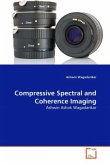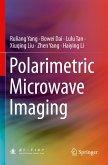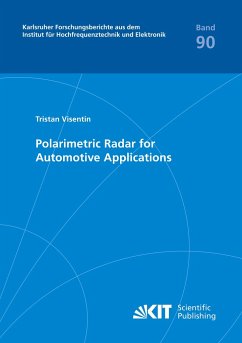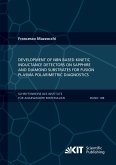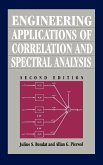The most significant advancement in weather radars over the last two decades is polarization diversity, so much so, that the US National Weather Service is introducing this capability to its national network of Doppler radars. Introduction of dual-polarization brings new information that can be used for separating signals from noise. Classical approaches apply thresholds on estimated signal-to-noise ratio (SNR) and/or the magnitude of autocorrelation coefficient at lag one. Because the weather signals from the two orthogonally polarized electric fields are highly correlated this feature can be used to enhance the detection. This book provides a comprehensive analysis of a novel approach that combines estimates of powers, autocorrelations, and cross-correlation to effectively enhance the signal detection on the polarimetric weather radars. The book gives detailed description of a computationally efficient method suited for real-time implementation. Principles and approaches laid out are general and can be applied to other cases where sensing of partially coherent signals is of interest. Moreover methods for evaluating probabilities at the tails of density functions are exposed.

